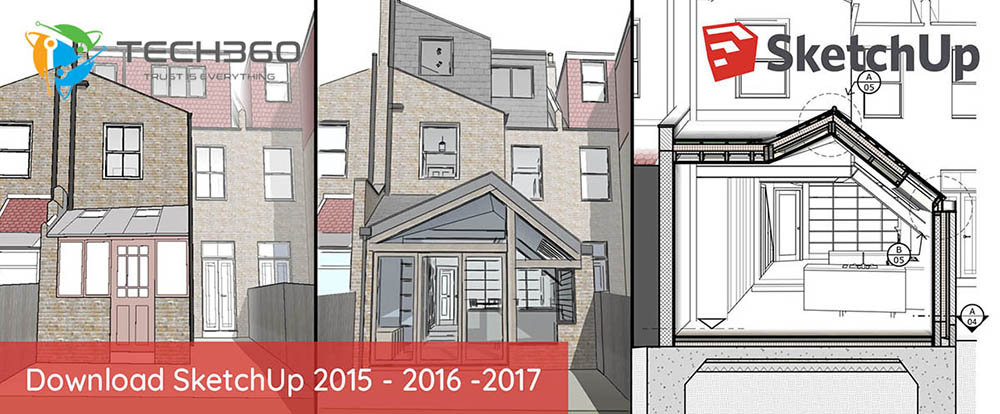

To address this we created TestUp, a wrapper on top of Minitest that works within SketchUp along with a GUI interface to manage your tests. This pose a problem when you want to set up unit tests for your code that needs to run within SketchUp.

The standard testing frameworks for Ruby usually assume your tests are run from Ruby's console interpreter. SketchUp/sketchup-ruby-api-tutorials/wiki/RubyMine-Debugger-Setup Testing We also have a guide on setting up RubyMine as an example of how you can set up your debugger: This will let you use the debugging functionality of IDEs/editors that support the Ruby Debug protocol: To make debugging SketchUp Ruby extensions easier we have a Ruby debugger interface that can be added to your SketchUp installation. SketchUp/ruby-c-extension-examples Debugging We provide examples on how to create Ruby C Extensions that work with various SketchUp versions and platforms: This allows for more complex functionality and possible performance improvements. Ruby itself allows you to work with Ruby code via C (and C++). SketchUp/sketchup-ruby-api-tutorials Ruby C Extensions within SketchUp These will take you through various common scenarios and concepts of the SketchUp API. To get you started we have a collection of examples of tutorials. For more information refer to the LayOut API Overview.Ĭurrently the LayOut Ruby API is only available from SketchUp. LayOut APIĪs of SketchUp 2018 you can also create and manipulate LayOut documents. Visit our SketchUp Developer Center for more information and resources on SketchUp's APIs. It is available from within SketchUp, it cannot be used by itself. The SketchUp Ruby API allows you to interact with SketchUp models and the SketchUp application.


 0 kommentar(er)
0 kommentar(er)
